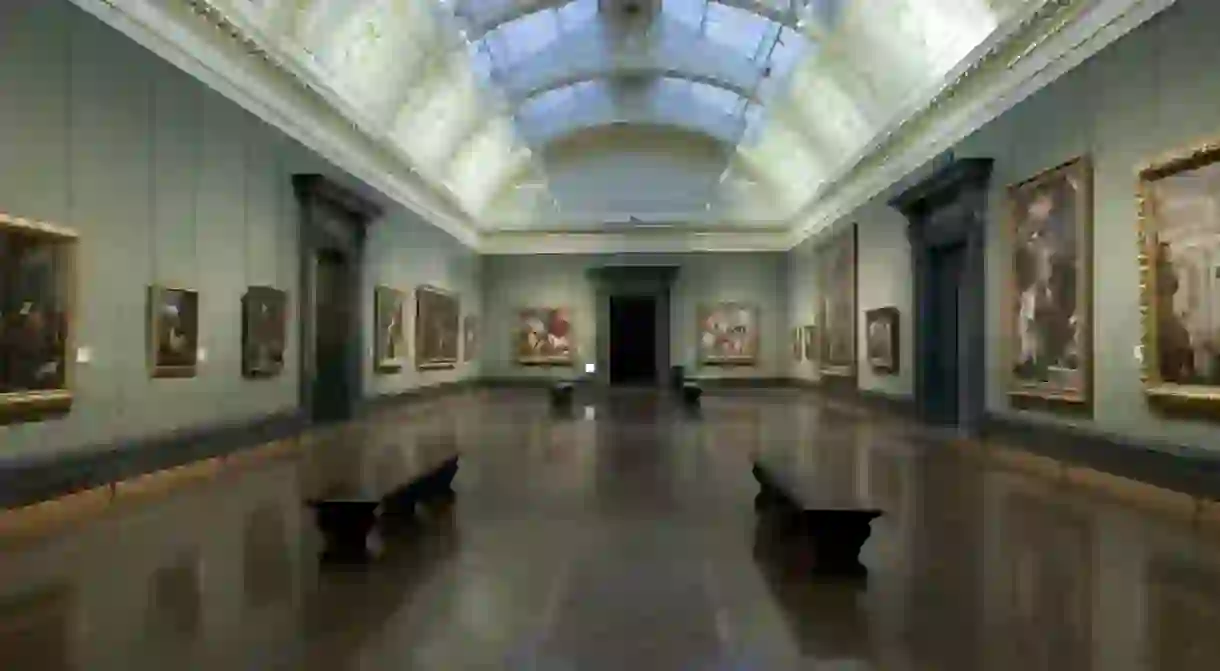The History Of London's National Gallery In 1 Minute

With treasures like Diego Velázquez’s The Toilet of Venus, the National Gallery is one of the greatest assemblies of Western European Art in the world. Located in Trafalgar Square in the City of Westminster, Central London, all the major styles, genres and movements are represented in their collection.
The National Gallery was founded in 1824, after the British government bought a collection of 38 pictures from the banker and collector John Julius Angerstein, consisting of Italian, Dutch and English works. When landscape painter and art collector Sir George Beaumont promised his collection to the gallery on the condition that a suitable accommodation for their display and conservation is provided, the parliament agreed to construct a building in 1831. Until the completion of the new building, the pictures were displayed at Angerstein’s House, at 100 Pall Mall. The gallery’s building, designed by William Wilkins, was completed and opened in 1838 at Trafalgar Square, as this was considered to be the centre of London. By choosing a location that could be reached easily by foot, the parliament wanted to ensure that the artwork could be enjoyed by all classes of society.

In the first 20 years the administration of the National Gallery was criticised by the public, which led the government to implement reforms. They established the post of director, who had the responsibility to shape the collection and manage the gallery. The new director, Sir Charles Eastlake, travelled through Europe to purchase new artwork and ensured that the collection of Italian paintings expanded. The gallery’s collection was further broadened with the purchase of 77, mainly Dutch and Flemish, paintings of the late Prime Minister in 1871. With the knowledge that the gallery didn’t offer enough space, the government asked architect E. M. Barry to submit designs for rebuilding. Deciding that the existing building should remain and a new wing should be added, the reconstruction was completed in 1876, offering seven new exhibition rooms at the east end, including an impressive dome.
With the reconstruction, the gallery was able to return to a huge collection of paintings, drawings and watercolours created by British artists, which had had to be displayed elsewhere due to the lack of space. To ensure space for permanent collections and changing exhibitions, Lord Sainsbury and his brothers, Simon and Timothy Sainsbury, agreed on financing the construction for a new wing in 1985.
Today, the gallery has a total floor area of 46,369 square meters, housing a collection of over 2,300 paintings belonging to the public, dating from the mid-13th century to the 20th century.
📅 Saturday to Thursday 10AM – 6PM, Friday 10AM – 9PM













